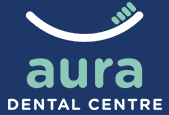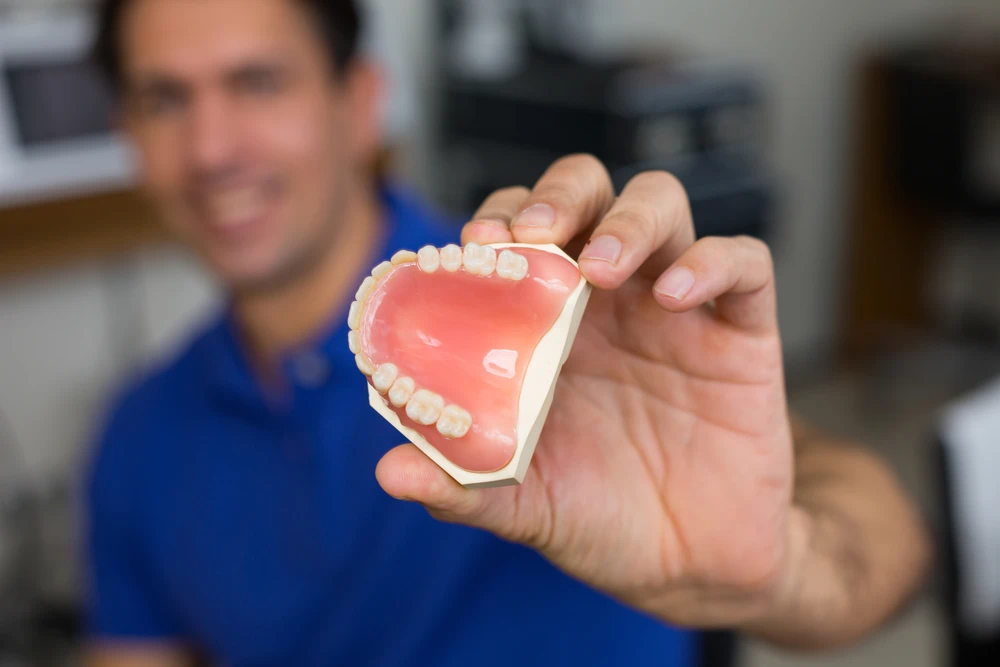Inlays and Onlays
There are cases where a patient may experience tooth decay (i.e., severe cavity) or fracture, but the extent of decay or fracture does not warrant a complete restoration of the tooth. Additionally, a simple amalgam or composite filling would be inadequate to completely seal and secure the structural integrity of the tooth in question.
When this happens, we recommend having an inlay or onlay applied to restore the structure and function of your tooth.
Inlays and onlays are also referred to as indirect restoration because they are performed to restore the structure and function of the tooth without having to completely remove and build-up a new, artificial tooth. Instead, inlays and onlays provide an indirect method to repair decayed or fractured areas of the tooth while keeping the healthy portion of the tooth intact.
What are inlays and onlays?
As mentioned, they are used to indirectly restore your teeth that have suffered from decay or trauma and are constructed out of an impression mold. There is little difference between an inlay and onlay except for the portion of tooth covered by each.
For example, inlays are used to fill in the center of a tooth between the cusps (i.e., cusps are the sides or “tips” of your teeth; molars generally have 4-5 of them). Onlays generally are used to cover a larger portion of a tooth and include the cusps. Onlays are typically used to restore a chipped or fractured tooth.
Inlays and onlays can be constructed out of a variety of materials, including composite resin, gold, and porcelain. Materials used to make porcelain inlays/onlays have been improving and are significantly stronger than in the past, but inlays and onlays made out of gold have always been the “gold standard” as they are known to have the best durability and have been used for several years.
The advantage of having inlays applied instead of a filling is that fillings (amalgam or composite) can shrink when they are cured—inlays and onlays maintain their size and coverage of the affected area on the tooth.
Inlays and onlays have also been referred to as partial crowns because a crown typically replaces all cusps of the tooth whereas inlays replace the inner segments of the tooth and onlays may include restoration of one or more cusps, depending on the extent of damage/decay.
What does the procedure look like?
To repair a cavity with and inlay or onlay, you will likely need two visits to our dental office.
Removal of affected areas and restorative impression
On your first visit, one of our dentists will remove the decaying or damaged part of the tooth (or teeth) in question. The length of time this takes depends on the extent of decay or damage experienced by the tooth. Our dentist will apply a local anesthetic so that you can remain comfortable during the procedure and have the affected areas of the tooth removed in a pain-free process. Once the damaged segments are removed, a mold of your tooth is taken, and the impression is sent to a dental laboratory to have them construct your inlay or onlay.
The restorative inlay or onlay is constructed out of the material chosen during your consultation with our dentists (e.g., gold, porcelain or composite resin). This process can take about 2—3 weeks, so you will be provided with a temporary inlay or onlay in the meantime while you wait for your next appointment.
Application of permanent inlay or onlay
On your next visit, the temporary inlay or onlay will be removed by our dentist(s) and your new permanent version will be placed onto the affected area. To secure it in place, dental cement is used to bond the inlay or onlay to the affected area. After this is completed, your tooth will have its natural feel and function that it once had!
Inlays and onlays are incredibly durable and can last from 20 to 30 years if proper dental hygiene routines are followed. Thus, we recommend following a typical maintenance routine of twice daily brushing, frequent flossing, and scheduling biannual dental cleanings with your dentist.
To schedule an appointment with our dentists and receive a consult about possible inlays and/or onlays, call us today at (204) 560-4500 to speak with one of our receptionists about booking a consultation.


